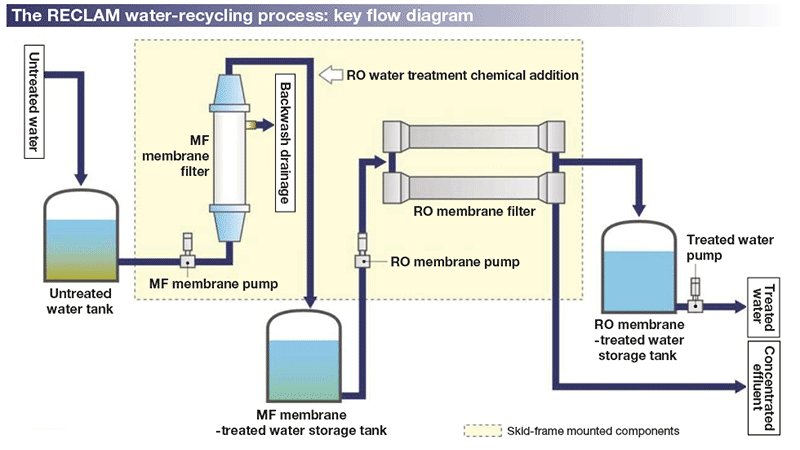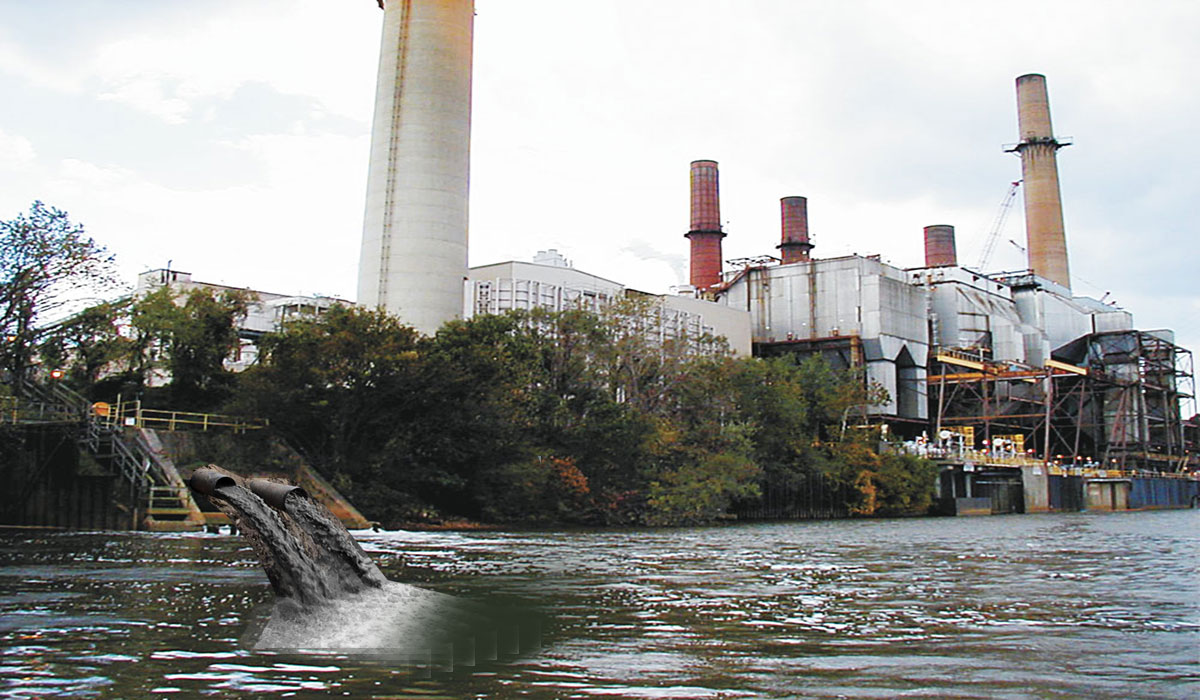Technologies and Developments in Industrial Waste Water Therapy Technologies
The landscape of industrial wastewater treatment is undergoing a transformative shift, driven by innovations that enhance both efficiency and sustainability. As regulatory standards evolve, the integration of AI and machine learning into wastewater management systems assures to simplify procedures and make certain compliance.
Summary of Waste Water Therapy Technologies
Wastewater therapy modern technologies include a variety of methods designed to get rid of impurities from industrial effluents before their launch right into the environment. These technologies are critical for keeping environmental balance and ensuring conformity with environmental regulations. The key classifications of wastewater treatment consist of physical, chemical, and biological methods, each offering distinct objectives based upon the nature of the contaminants existing.

Biological treatment techniques use microbes to degrade organic matter, making them especially reliable for organic-rich effluents. Strategies like turned on sludge and biofilm reactors harness the natural degradation abilities of germs, causing substantial decreases in biochemical oxygen need (FIGURE)
Advanced Purification Techniques
Advanced filtration techniques represent a vital development in the world of commercial wastewater therapy, improving the effectiveness of pollutant removal processes. Industrial Waste Water Treatment. These techniques incorporate a variety of modern technologies, including microfiltration, ultrafiltration, nanofiltration, and turn around osmosis, which give sequential obstacles for various bit sizes and chemical frameworks
Microfiltration and ultrafiltration utilize membrane layer systems to remove put on hold solids, microorganisms, and larger natural particles, improving the quality of effluent before further treatment. Nanofiltration connects the void in between ultrafiltration and turn around osmosis, successfully getting rid of divalent ions and organic substances, therefore minimizing the load on downstream processes.
Reverse osmosis provides the highest degree of filtration by permitting just water and little particles to travel through its semi-permeable membranes, making it perfect for reclaiming high-quality water from commercial effluents. Recent developments in membrane modern technology, including the development of even more resilient and fouling-resistant products, have dramatically enhanced operational performance and decreased prices.
Integrating these advanced filtering techniques not just enhances the total treatment procedure but likewise contributes to sustainability initiatives by enabling water reuse and resource recuperation in industrial setups. (Industrial Waste Water Treatment)
Biological Therapy Innovations

Furthermore, the advancement of engineered organic systems, such as membrane bioreactors (MBRs), combines organic treatment with innovative membrane purification. This combination permits greater effluent quality and lowered impact, making it suitable for space-constrained commercial facilities. Advancements in genetically engineered microbes have likewise emerged, improving the biodegradation of specific impurities, such as pharmaceuticals and hefty steels, that are generally challenging to eliminate.
Additionally, the execution of bioaugmentation strategies, where helpful microbes are presented to boost the existing biological therapy processes, has revealed promising results in boosting treatment performance. These technologies collectively symbolize a trend towards even more lasting and efficient organic treatment methods that can adjust to the evolving complexities of commercial wastewater streams. As sectors recommended you read continue to prioritize environmental compliance, these biological advancements will play an essential role in wastewater administration.

Source Recovery Approaches
In industrial setups, the combination of source recovery methods has actually become significantly essential for enhancing sustainability and lessening waste. These methods concentrate on drawing out beneficial materials and power from wastewater streams, thus changing prospective toxins into multiple-use resources.
One noticeable method is vitamins and mineral recovery, where nitrogen and phosphorus, usually present over in wastewater, are captured and converted right into fertilizers. This not just lowers environmental influences but likewise gives a circular economic climate remedy for agricultural applications. Furthermore, modern technologies such as anaerobic digestion enable the conversion of natural waste into biogas, a sustainable power resource that can offset fossil fuel usage in commercial operations.
Additionally, progressed purification and membrane technologies assist in the recuperation of industrial by-products such as metals and salts. These recouped products can be reintegrated into production processes, minimizing the demand for more info here virgin sources.
Future Trends in Waste Water Management
As markets progressively focus on sustainability, the future of wastewater monitoring is established to undertake substantial changes. Technological developments, such as man-made knowledge and artificial intelligence, will certainly enable more efficient monitoring and management of wastewater systems. These technologies can my sources predict maintenance needs, optimize therapy procedures, and boost decision-making, inevitably lowering functional prices and ecological effect.
Additionally, the combination of circular economy principles will play a crucial role in wastewater monitoring. Industries are anticipated to move towards systems that not just deal with wastewater however also recover beneficial sources, such as nutrients, water, and energy. This transition will certainly lessen waste and promote the reuse of products, straightening with worldwide sustainability goals.
Arising treatment techniques, such as membrane layer bioreactors and advanced oxidation processes, will certainly additionally enhance the performance of wastewater treatment, permitting better effluents suitable for reuse. In addition, regulative frameworks are most likely to evolve, stressing stricter standards for wastewater discharge and motivating industries to take on ingenious therapy options.
Conclusion
In conclusion, the development of commercial wastewater therapy technologies demonstrates a considerable change in the direction of boosted efficiency and sustainability (Industrial Waste Water Treatment). Developments in sophisticated purification strategies, organic therapies, and resource recovery methods highlight the market's commitment to environmental stewardship.
The landscape of industrial wastewater treatment is undergoing a transformative change, driven by technologies that enhance both effectiveness and sustainability.Wastewater treatment technologies include a variety of methods designed to get rid of pollutants from commercial effluents before their launch right into the setting.Harnessing the power of biological processes has actually led to significant innovations in the therapy of commercial wastewater.Furthermore, the execution of bioaugmentation strategies, where valuable microbes are presented to boost the existing biological therapy procedures, has shown promising outcomes in improving therapy efficiency. These advancements collectively represent a trend in the direction of even more sustainable and efficient biological treatment techniques that can adjust to the progressing complexities of commercial wastewater streams.